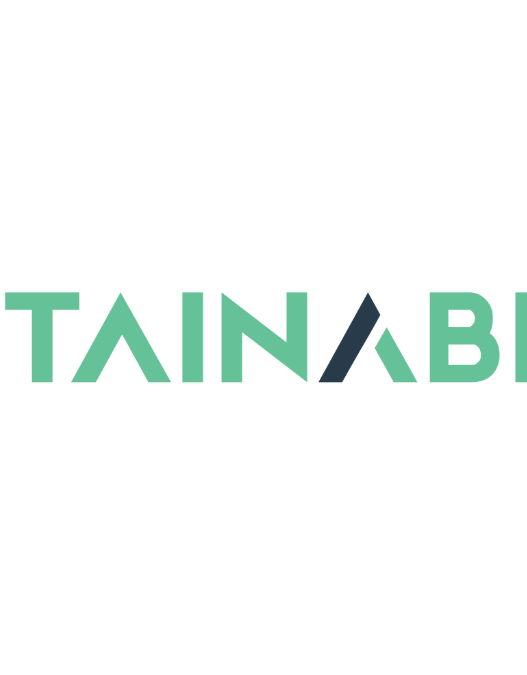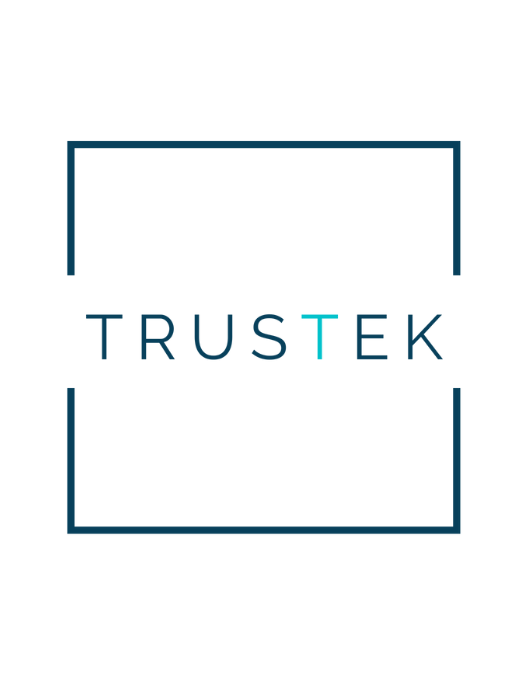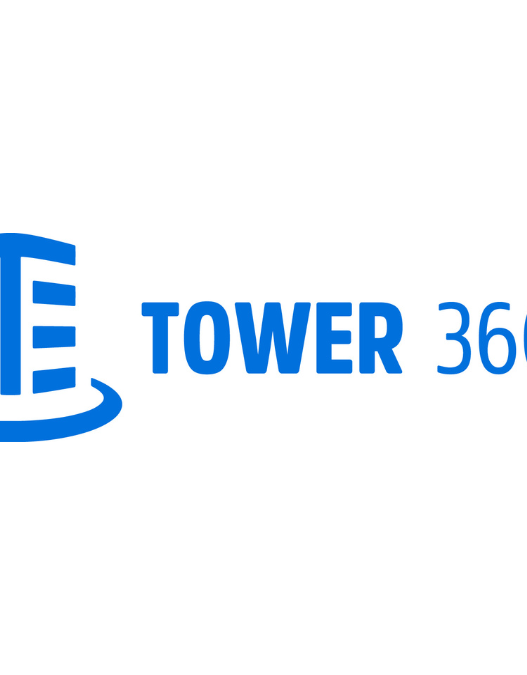Jeff Blaylock,
Client Director, UK,
deepki
Extreme weather is no longer a distant concern. That's the reality today. For the second year in a row, the World Economic Forum's Global Risk Report has named extreme weather the most important threat of the material crisis. From floods and wildfires to impatient heatwaves, climate-driven catastrophes have wreaked havoc on communities, ecosystems and economies.
The real estate sector is sitting straight on this stormy path. By 2050, even in a low-climate scenario, physical climate risks could cost the industry an astounding $536 billion, wiping out 26% of the total amount held by S&P Global REIT Index companies.
The message is clear. Climate resilience is not an option. That is essential.
Why climate risk is business for everyone
Real estate experts can no longer afford to treat climate risk as a theoretical issue. Buildings are directly exposed to both physical risks such as storms, floods and fires. The transition runs the risk of arising from a transition to a net-zero economy, including new regulations, carbon pricing and evolving stakeholder expectations.
To make smart decisions, the industry needs timely, accurate, and granular data. Understanding the specific vulnerabilities of each asset allows businesses to prioritize actions, coordinate strategies, and efficiently allocate resources.
From data to action: Risk reduction
Once you have a clear picture of your risk exposure, the actual work begins. Climate resilience is not about all-purpose checklists. It's about targeted, thoughtful upgrades.
Think of it as a spectrum of resilience. On the other hand, quick wins such as installing solar window films can quickly reduce heat absorption in heat waves. On the other hand, capital-intensive renovations such as advanced HVAC systems and fire-resistant materials can change the long-term outlook for a building.
All assets are unique and by taking into account the specificity of each asset, owners can protect their value, reduce operating costs and make future investments.
Climate resilience is business resilience
The cost of inaction for climate adaptation and mitigation is profound. The annual cost of losses is projected to increase from 2.4 billion euros per year between 1989 and 2019 to 4.6 billion euros per year between 2020 and 2050 (1).
However, by making your portfolio more resilient, you have the opportunity to increase your property values.
Beyond premium escalations, asset managers also face the threat of increased spending related to maintenance and repairs. As the climate intensifies, so does the cost of maintaining unenhelped properties against them.
Failure to meet regulatory and stakeholder requirements by implementing mitigation and adaptation measures can damage the reputation of real estate companies, resulting in a decline in market trust and asset value. As investors and tenants prioritize climate risk measures, non-compliant assets may need help attracting buyers and investors. This will allow for less access to capital as assets may have been left behind and capital flows more and more into more sustainable and compliant portfolios.
If you do nothing, there will be a sudden price. The annual climate-related cost of Europe is expected to be from 2.4 billion euros from 1989 to 2019 to 4.6 billion euros per year by 20501.
Rising premiums, escalating maintenance costs, and risk of violating regulations can seriously undermine profitability. But beyond the balance sheet, a reputation fallout from inaction can drive investors and tenants away in the same way.
Real estate that fails to adapt can become stuck assets that are increasingly unable to attract capital in sustainability-driven markets.
Roadmap for a resilient future
Despite the challenges, this moment presents a powerful opportunity. By embracing climate data, creating bespoke mitigation strategies and acting resolutely, real estate leaders can be at the forefront of the transition to a low-carbon economy.
As the most trusted sustainability SaaS solution for real estate, Deepki supports our clients with the insights and tools they need to confidently navigate this complexity. In an age where trust in data and decision-making is more important than ever, building resilience starts with clarity, consistency, and accountability.
This is more than just compliance. It's about building a portfolio that endures, performs and thrives in the face of a rapidly changing world.
The future of real estate will be climate-smart, resilient and profitable.






















